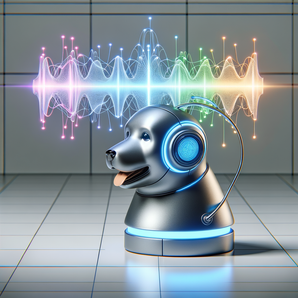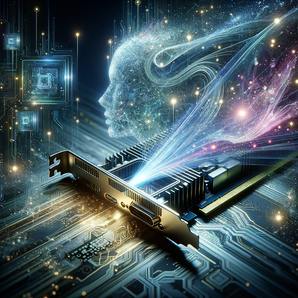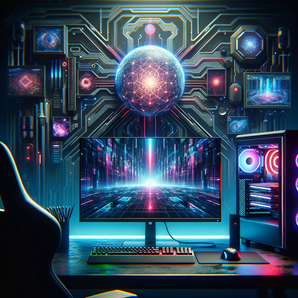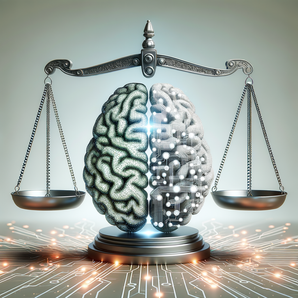Understanding How the Controlled Diffusion Model Alters Material Properties in Images
Understanding How the Controlled Diffusion Model Alters Material Properties in Images
AI technology continues to advance, catalyzing ground-breaking innovation, effectiveness, versatility, and adaptability. Notable among these novelties is the "Alchemist" system, a tool that manipulates the material attributes of specific objects within images. This transformative AI system could potentially modify video game models to accommodate different environments, tweak visual effects, and broaden the scope of robotic training.
The concept deployed by the Alchemist system is a controlled diffusion model; it selectively yet fundamentally, tweaks the characteristics or attributes of certain objects embedded in images, without compromising the object's overall structure or outline. As a result, the controlled diffusion model offers a sophisticated blend of precision and beauty, unprecedented in previous implementations of artificial intelligence.
The possibilities spurred by such manipulations are rife, particularly in the world of video gaming. The Alchemist system offers developers an unprecedented flexibility to adjust their game models to suit different environments. Changes in aesthetics, mechanics, and even narratives can be facilitated smoothly with the use of this model. The ultimate effect is enhanced player immersion and engagement, invigorating the interactive experience that video games are known for.
Moreover, in visual effects – or VFX – the Alchemist system can make spectacular strides. The system’s manipulation of specific object materials can aid in rendering images and scenes more compelling and closer to their real-world counterparts. This results in audiences being more entrenched in the viewing experience, which in turn enhances the overall impact and influence of a production.
Robotic training is yet another field that stands to gain immensely from the Alchemist system. Robots could be trained on a diverse array of images, with different material attributes to enable them to recognize and react appropriately to different scenarios. This could broaden the horizon of robotic applications, allowing them to navigate diverse environments with greater responsiveness and precision. Applications could range from logistics and home-help robots to complex tasks in unforeseen environments.
The Alchemist system, utilizing the controlled diffusion model, is therefore a splendid illustration of AI's potential to enhance and redefine the interaction between humans and machines. While the system's intricacies are undoubtedly complex, its applications and benefits are potentially game-changing, shedding light on new facets of technology's roles across various industries.
Disclaimer: The above article was written with the assistance of AI. The original sources can be found on MIT News.




